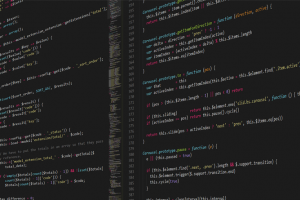
Components of J2EE application
The J2EE Specification describes four types of components that can be created by a developer. It interacts with its host environment and other components through the J2EE APIs that are available to it.
The application components are:
- Applet component
- Applet Components are client-side GUI components that are hosted by an applet container, which is typically a web browser.
- Application client component
- These are Java-based programs that can execute within a supported JVM.
- Web component
- They have the ability to respond to HTTP requests. They comprise JSP pages, filters, servlets and web event listeners:
- Servlets
- Servlets can be used in any request/response programming models but are most often used with HTTP.
- JavaServer Pages
- JSP pages provide dynamic web application capability to the J2EE Platform. A JSP page begins with HTML elements that remain static throughout the lifetime of the page. Dynamic elements are then added through the embedding of Java code and/or special tags within the page.
- Filters
- Filter components are provide the ability to intercept requests by clients for resources on a server and also responses provided to these requests by the web container with the goal of transforming the content of either the request or response communication.
- Web event listeners
- Web event components provide developers with the flexibility to respond in a certain way when different types of web application–related events such as the creation or invalidation of a session occurs.
- Enterprise JavaBeans components
- Server-side components that singularly or collectively encapsulate the application logic of an enterprise application. EJB enables rapid and simplified development of transactional, distributed, secure, and portable applications based on Java technology. Three types of EJBs are,
- Session beans
- A session bean is a server-side extension of a client that exists to service requests made by the client. They perform transient services for their clients, fulfilling whatever request is made of them and returning to their original initialized states.
- Entity beans
- These are an encapsulated representation of business objects made available with a persistence mechanism.
- Message-driven beans
- This component allows the Enterprise Java Beans container to provide support for asynchronous message processing.
Tag:Components of J2EE Application, J2EE application components, J2EE components, java certification, java courses, java j2EE components, java j2ee online Training, java j2ee training, java training, java/j2ee, java/j2ee certification, java/j2ee courses, online java j2ee training, online java training



